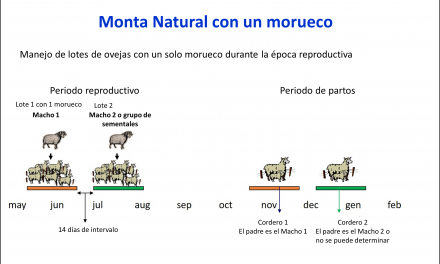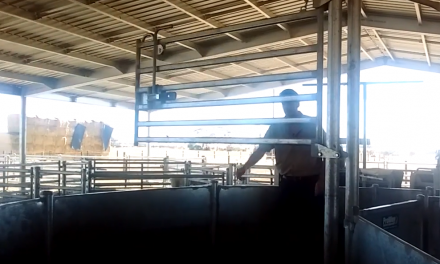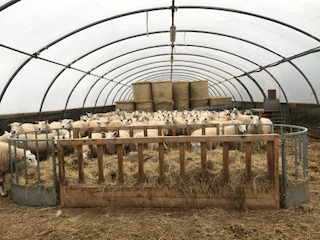This post is also available in:
![]()
![]()
![]()
![]()
![]()
![]()
Practical information on Iceberg diseases
Solution name: Practical information on Iceberg diseases
Aim: To identify OPA, MV or Johnes disease in a flock and put measures in place to reduce their impact.
Description:
This solution presents a series of factsheets and practical videos on how to identify OPA, MV or Johnes disease in a flock and put measures in place to reduce their impact.
OPA

MV

Johnes
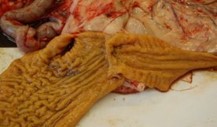
Topic: Health
Production: Meat/Dairy
Animal Category: Ewes
Issue: Poor body condition (ewe & replacement)
There is a need for information on iceberg diseases in relation to poor ewe body condition
Level of Solution: Knowledge/Practical
Country: UK
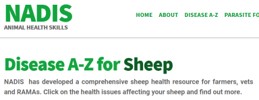

How to implement
- Investigate ill thriven ewes where there is no alternative explanation for weight loss. For example, ewes that fail to gain weight in the 1 to 2 months after weaning despite being fed well.
- Testing can include postmortem examination of typical cases and this may be most cost-effective way of reaching a diagnosis. Blood/faecal samples can be collected.
- Learn to recognise how these diseases may present in a flock e.g.
- Johnes – ewe that remains bright with a good appetite but continues to lose weight.
- OPA – evidence of respiratory disease that fails to respond to treatment but can also present as ill thrift or sudden deaths.
- MV – presentation can be very variable and include increased incidence of pneumonia, ill thrift, altered gait, mastitis, high neonatal losses and poor lamb growth rates.
- Don’t retain breeding replacements from known positive ewes.
- Put steps in place to minimise disease challenge and spread e.g. reducing stock density, minimising periods of housing or trough feeding.
- Vaccination for Johnes disease can be useful but will not eradicate the disease from the flock.
Expected benefits
- Reducing the prevalence of disease will improve flock productivity, ewe welfare and longevity. Replacement breeding stock will be healthier.
- Eradication of disease may be possible in some cases.
Cost Benefit analysis
The impact of iceberg diseases within a flock varies hugely. The economic benefits of employing biosecurity measures will depend on multiple factors including: flock prevalence, which iceberg diseases are involved, the type of sheep farm, the ability of the farm to quarantine and test stock, and the costs of screening for disease
Sustainability analysis
This solution improves feed efficiency per ewe, as Johnes disease will impact nutrient absorption in the gut. OPA will also impact the feed efficiency of ewes, by general debilitation. Less supplementary feed may also need to be given as ewes will retain body condition score better.
Prerequisites and/or limits
- Measures to limit/reduce disease spread may not always be practical.
- Animals vaccinated against Johnes disease will be antibody positive in a blood test.
- Lack of a diagnostic blood test for OPA.
- Much of the research into Johnes disease has been done in Australia which is climatically different to the UK.
Information Sources / Useful links
- Links to fact sheets and videos
https://www.fas.scot/livestock/sheep/sheep-health/iceberg-diseases-in-sheep/
- AHBD manual
- NADIS website


